Samsung 27.4 cu. ft. Side by Side Refrigerator in Fingerprint Resistant Stainless Steel
Large 27.4 cu. ft. capacity fits 10% more groceries than before. Clean lines and modern form blend beautifully into your kitchen. Fingerprint Resistant Finish withstands everyday smudging.
The Samsung 27.4 cu. ft. large capacity Side by Side refrigerator that is beautifully designed with a minimal display dispenser, modern design that blends beautifully into your kitchen and a finish that withstands everyday smudges.
- Large Capacity fits more than ever before with over 10% more capacity
- Modern Design with clean lines and modern form to blend beautifully
- Fingerprint Resistant Finish for less smudging which means less cleaning
- All Around Cooling to keep every item evenly cooled
- In-Door Ice Maker with high capacity and saves shelf space
- Minimal Display Dispenser provides easy access
- LED lighting designed to beautifully light up the interior of your fridge
- Gallon Door Bins provides more shelf space inside the fridge
- 2 Clear Drawers to keep your fruits and vegetables organized
- Top shelf in freezer can easily be adjusted to fit taller items and provide flexible storage
- Door Alarm alerts you if the doors are left open
- Accessibility (ADA Compliant) for easy to reach controls for everyone
Additional information
| Depth (Excluding Handles) | 33.5 |
|---|---|
| Depth (Including Handles) | 33.5 |
| Depth (Less Door) | 28.94 |
| Depth With Door Open 90 Degrees (In) | 51.34 |
| Height to Top of Door Hinge (in.) | 70.09 |
| Height to Top of Refrigerator (in.) | 68.66 |
| Product Depth x Height x Width (in.) | 33.5 x 70.09 x 35.91 |
| Refrigerator Width (In.) | 35.91 |
| Certifications and Listings | ADA Compliant,UL Listed |
| Manufacturer Warranty | Five (5) years Parts and Labor on sealed Refrigeration system only* Ten (10) years Part and Five (5) years Labor on Digital Inverter Compressor (*Compressor, evaporator, condenser, drier, connecting tubing) |

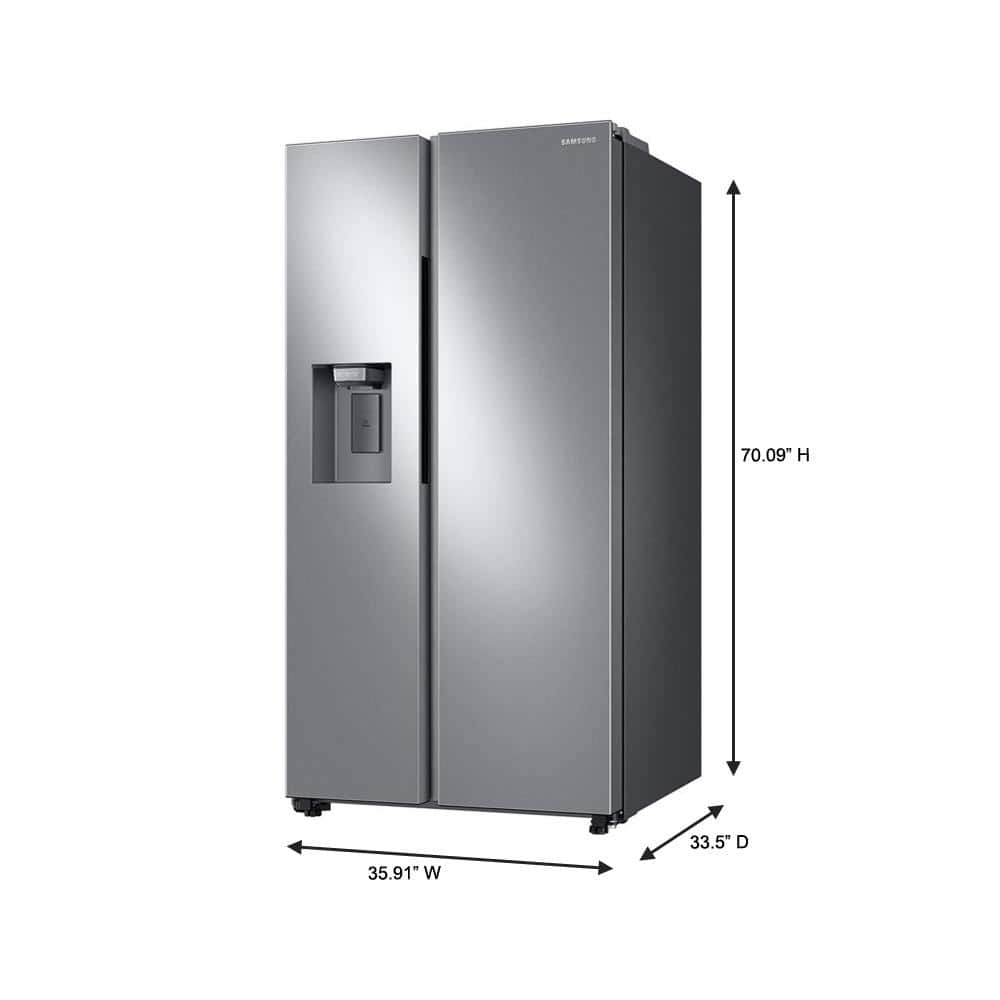
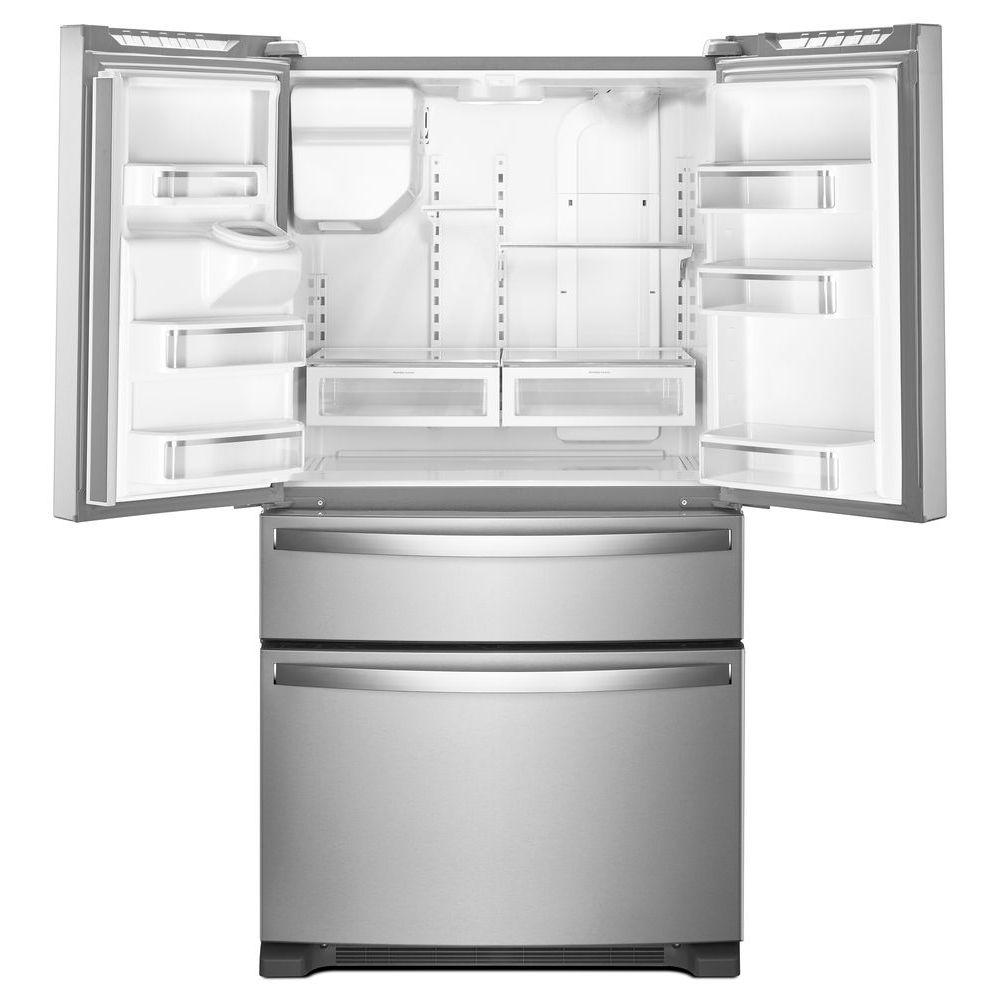
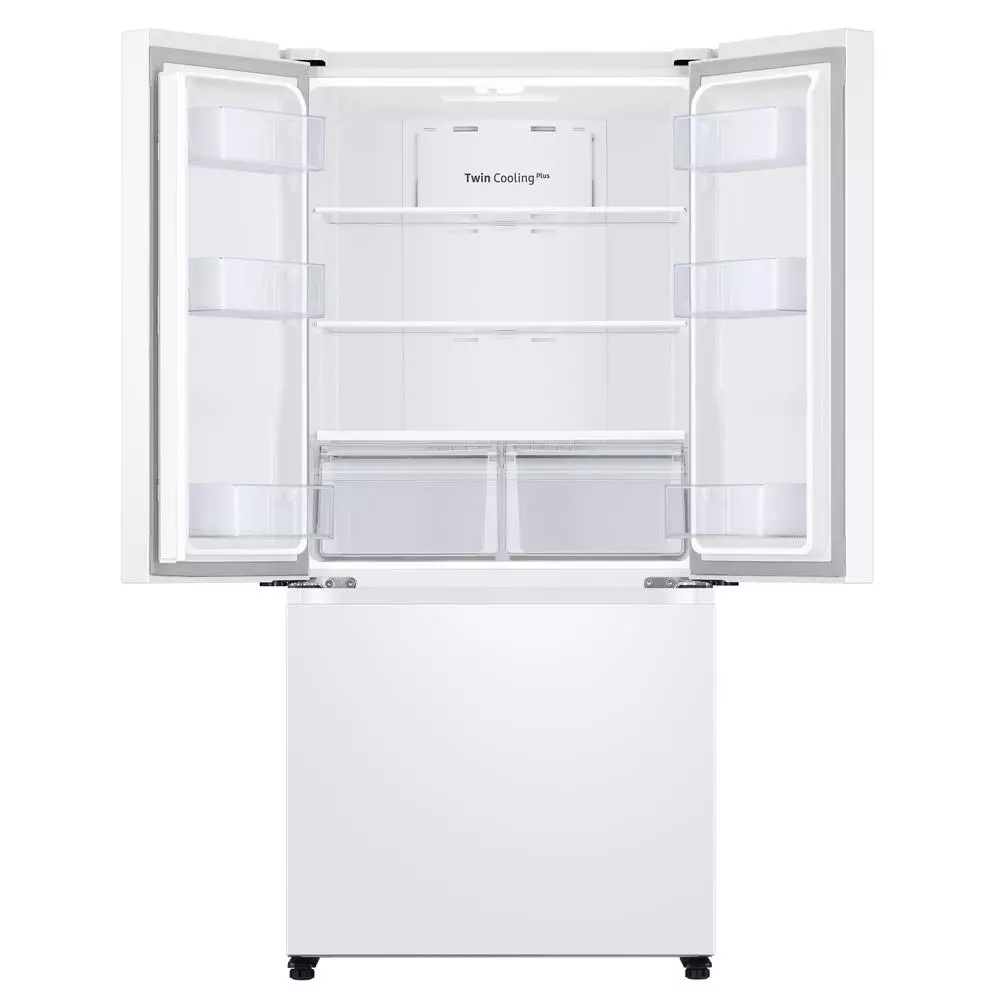
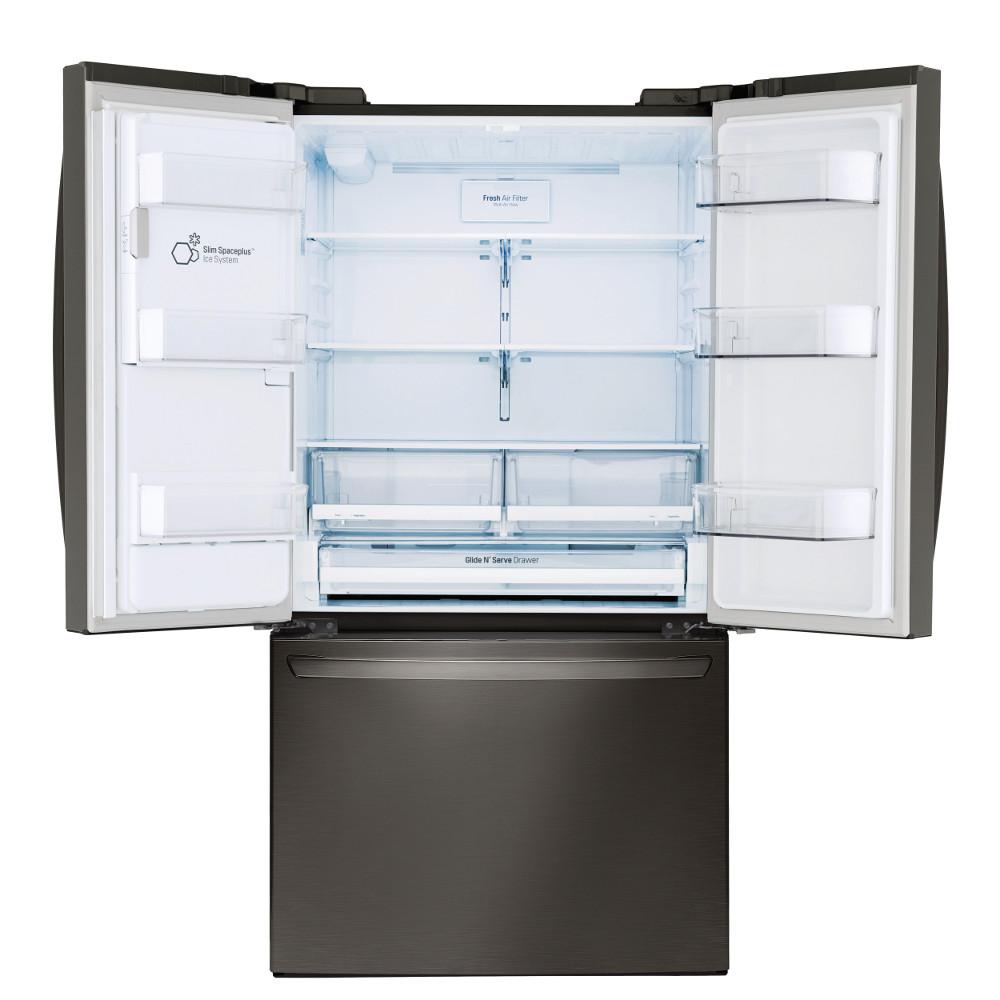
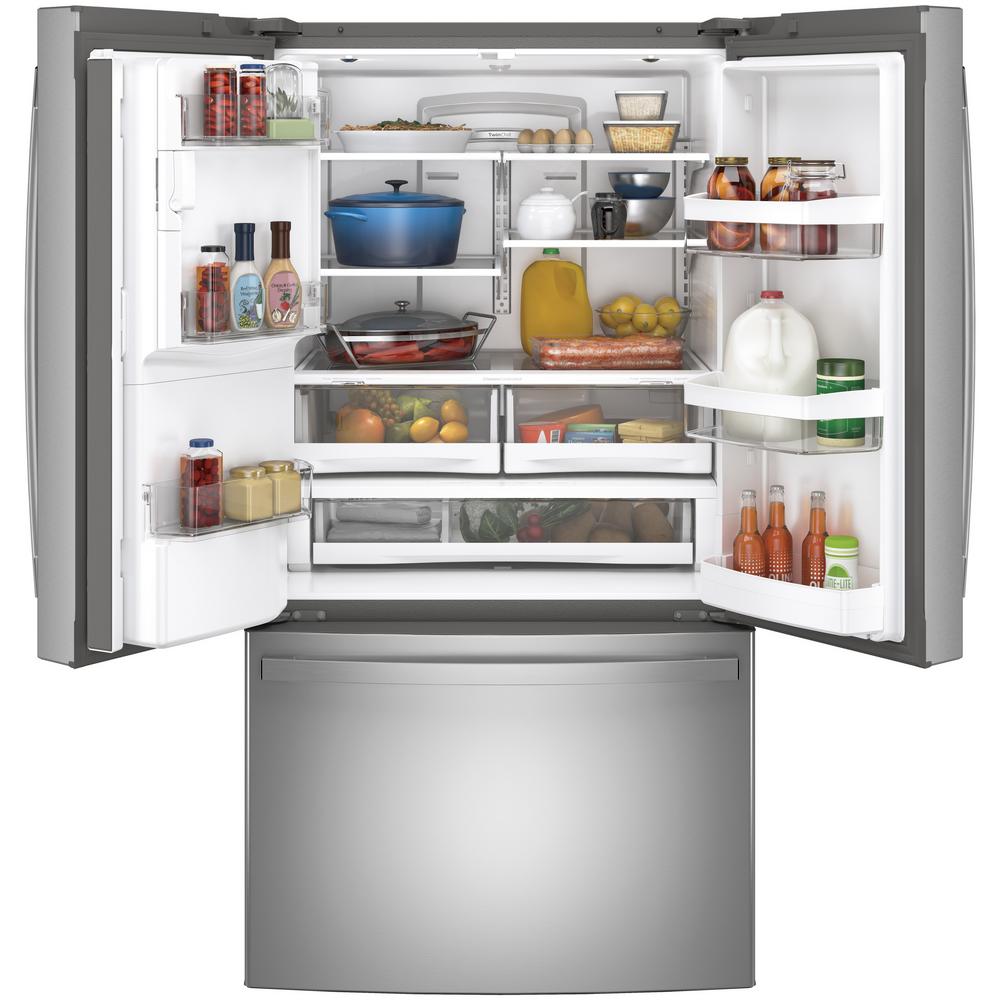
by Betty
The hidden handles are a plus. I wish it has a meat keeper drawer, and I would prefer the shelves to be adjustable. In general it is a good appliance.
by Hector
Only bad drawers are fix doesn’t have level.
by Nelson
Looks great, Love the chunky size of ice and they last for my entire drinks.
by Gella
I bought this refrigerator about a month ago. So far, so good. It’s super quiet, has a sleek look and very well lit interior.
by Larry
So far so good only had it for several months The real test will be how long it lasts.
by Sofia
So far so good it’s been a little over a month with no problems nothing to complain about.